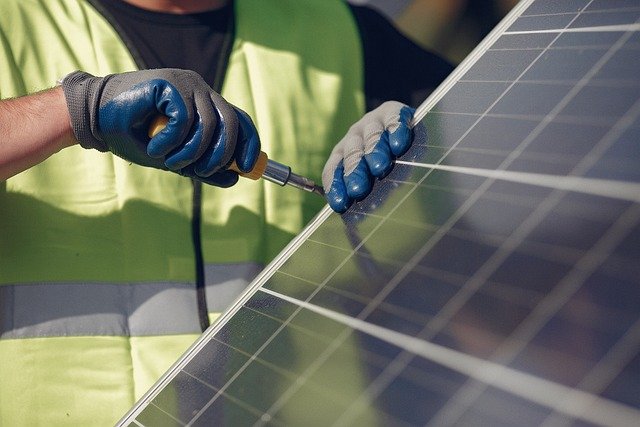In the quest for clean and sustainable energy sources, solar power stands out as a beacon of hope. It offers a renewable alternative to traditional fossil fuels, promising to reduce carbon emissions and combat climate change. However, amidst the buzz surrounding solar energy, there exists a common misconception regarding the terms “solar panels” and “photovoltaic cells.” While they are closely related and work in tandem to harness the power of the sun, they serve distinct functions and possess unique characteristics. Let’s delve deeper into the difference between solar panels and photovoltaic cells.
Solar Panels: The Powerhouses of Solar Energy
When we envision solar power, the image of solar panels often comes to mind. Solar panels, also known as solar photovoltaic (PV) panels, are the visible face of solar energy systems. These panels consist of interconnected photovoltaic cells, collectively working to convert sunlight into electricity.
Functionality: The primary function of solar panels is to capture sunlight and convert it into usable electrical energy. They achieve this through the photovoltaic effect, a phenomenon where certain materials generate an electric current when exposed to sunlight. The most commonly used semiconductor material in solar panels is crystalline silicon, prized for its efficiency and reliability.
Scalability: Solar panels come in various sizes and configurations, ranging from small residential installations to massive utility-scale arrays. Their modular nature allows for scalability, making them adaptable to diverse energy needs. Whether powering individual homes or entire communities, solar panels offer a flexible solution to meet renewable energy demands.
Applications: Solar panels find widespread applications across residential, commercial, and industrial sectors, as well as in off-grid locations. They serve as the backbone of solar energy systems, providing a clean and sustainable source of electricity to power homes, businesses, and infrastructure.
Photovoltaic Cells: The Building Blocks of Solar Power
While solar panels steal the spotlight, photovoltaic cells lie at the heart of solar energy technology. Also known simply as solar cells, these microscopic devices are responsible for directly converting sunlight into electrical energy.
Composition: Photovoltaic cells are typically made from semiconductor materials, such as silicon, that possess the unique ability to absorb photons (light particles) and release electrons, generating an electric current. These cells are meticulously engineered to optimize sunlight absorption and electron flow, maximizing energy conversion efficiency.
Efficiency: Advances in photovoltaic cell technology have led to significant improvements in efficiency and performance over the years. Innovations such as thin-film solar cells and multi-junction cells have enhanced energy conversion rates while reducing manufacturing costs, making solar power more accessible and affordable.
Versatility: Photovoltaic cells find applications beyond solar panels, powering a diverse range of devices and technologies. From portable electronic gadgets like calculators and mobile phones to sophisticated aerospace systems like satellites and spacecraft, solar cells play a vital role in enabling clean and reliable power generation.
Key Differences: Bridging the Gap Between Solar Panels and Photovoltaic Cells
- Scale and Visibility: Solar panels are macroscopic units that capture sunlight and generate electricity on a visible scale, while photovoltaic cells operate at the microscopic level, converting sunlight into electrical energy at the atomic level.
- Functionality vs. Component: Solar panels serve as complete systems for harnessing solar energy, comprising multiple photovoltaic cells interconnected to form a unified unit. In contrast, photovoltaic cells are individual components within solar panels, responsible for the direct conversion of sunlight into electricity.
- Applications and Utility: Solar panels have broad applications across residential, commercial, and industrial sectors, providing a sustainable source of electricity for various purposes. Photovoltaic cells, while primarily used within solar panels, also find niche applications in specialized technologies and devices.
Conclusion: Solar panels and Photovoltaic cells
In conclusion, solar panels and photovoltaic cells are indispensable components of solar energy systems, each playing a distinct yet complementary role in harnessing the power of the sun. While solar panels serve as the visible face of solar power, capturing sunlight and converting it into electricity on a macroscopic scale, photovoltaic cells operate at the microscopic level, directly converting sunlight into electrical energy.
Understanding the nuances between solar panels and photovoltaic cells is essential for anyone interested in adopting solar energy, whether as a homeowner, business owner, or environmental advocate. By appreciating the unique functions and characteristics of these components, individuals can make informed decisions regarding the adoption and utilization of solar power, contributing to a cleaner, greener, and more sustainable future for generations to come.

